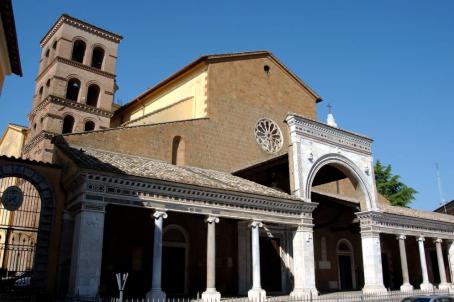Nepi Cathedral

Nepi Cathedral was built on the site once occupied by the pagan temple dedicated to Jupiter. A first cult building was already present in the 5th century. Plundered and destroyed in 568 during the wars between the Lombards and the Byzantines, it was reopened in the 9th century. Enlarged and embellished in the 11th and 12th centuries, it was enriched at that time by the splendid crypt. On 2nd December 1798, the building was set on fire by Napoleon's troops. It was rebuilt again between 1818 and 1840.





